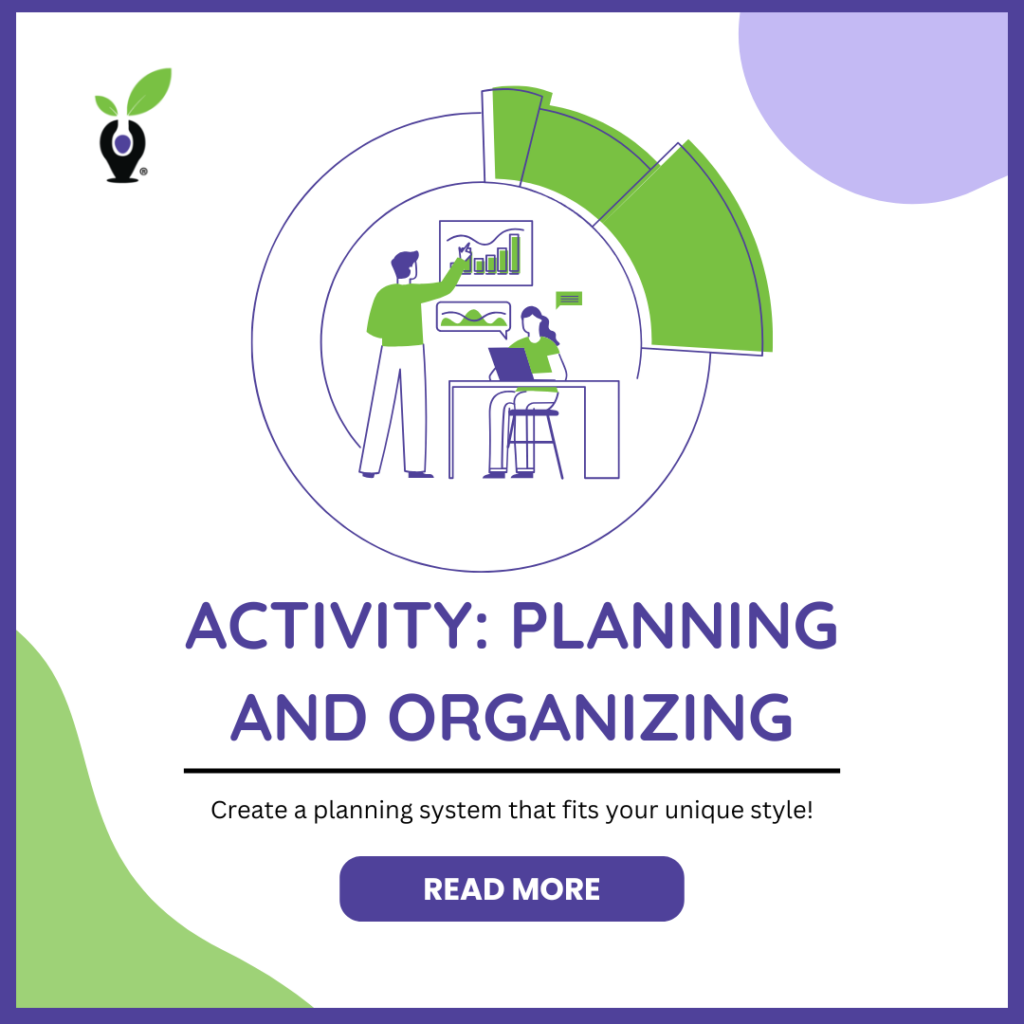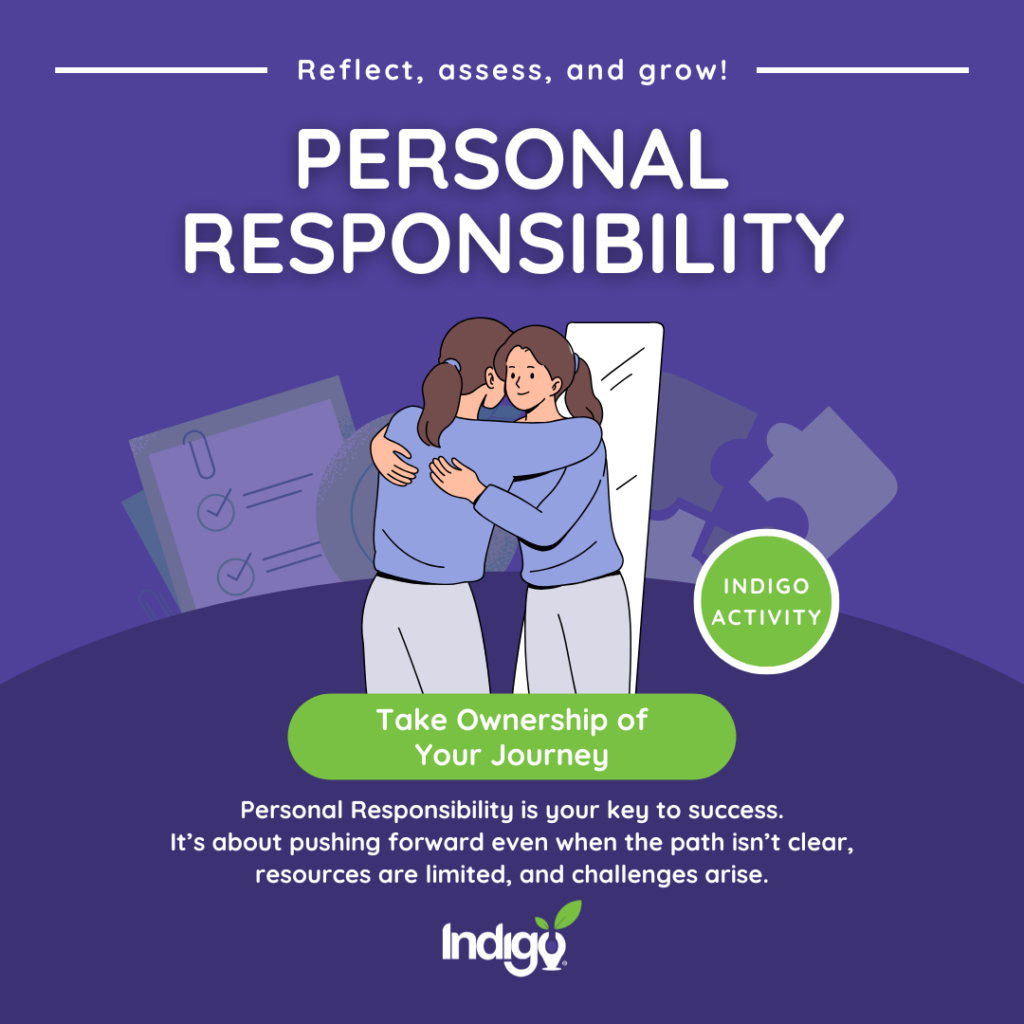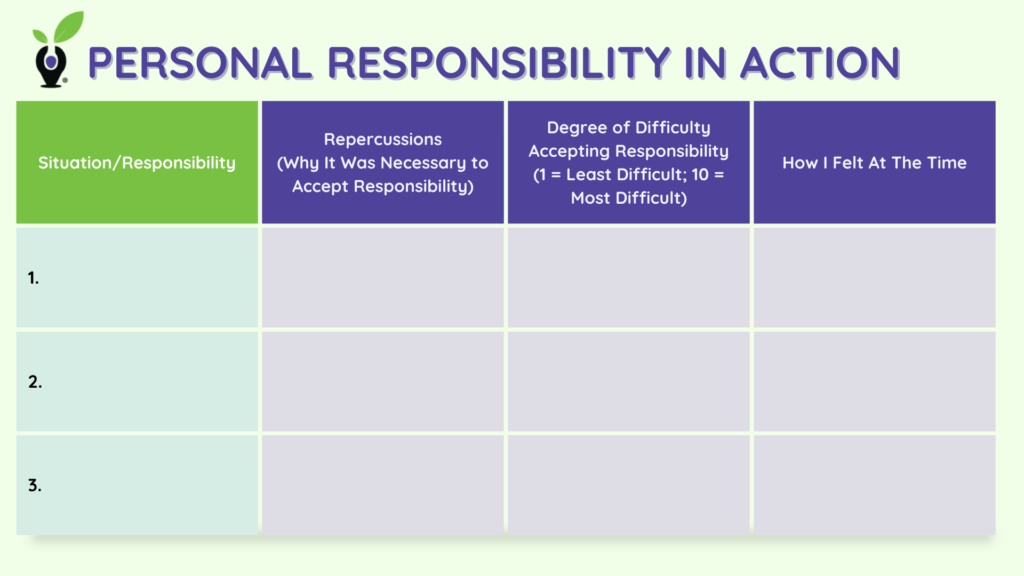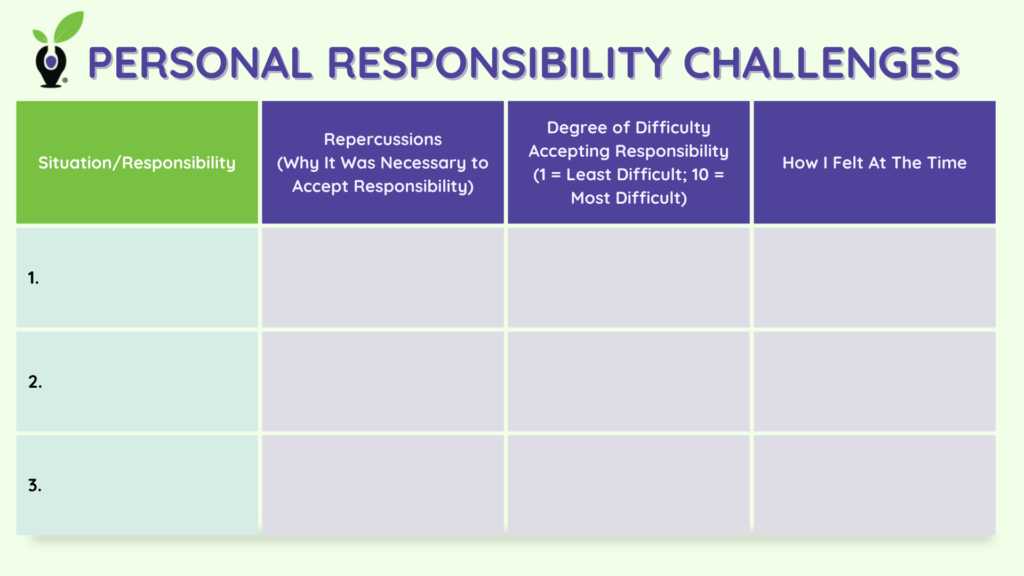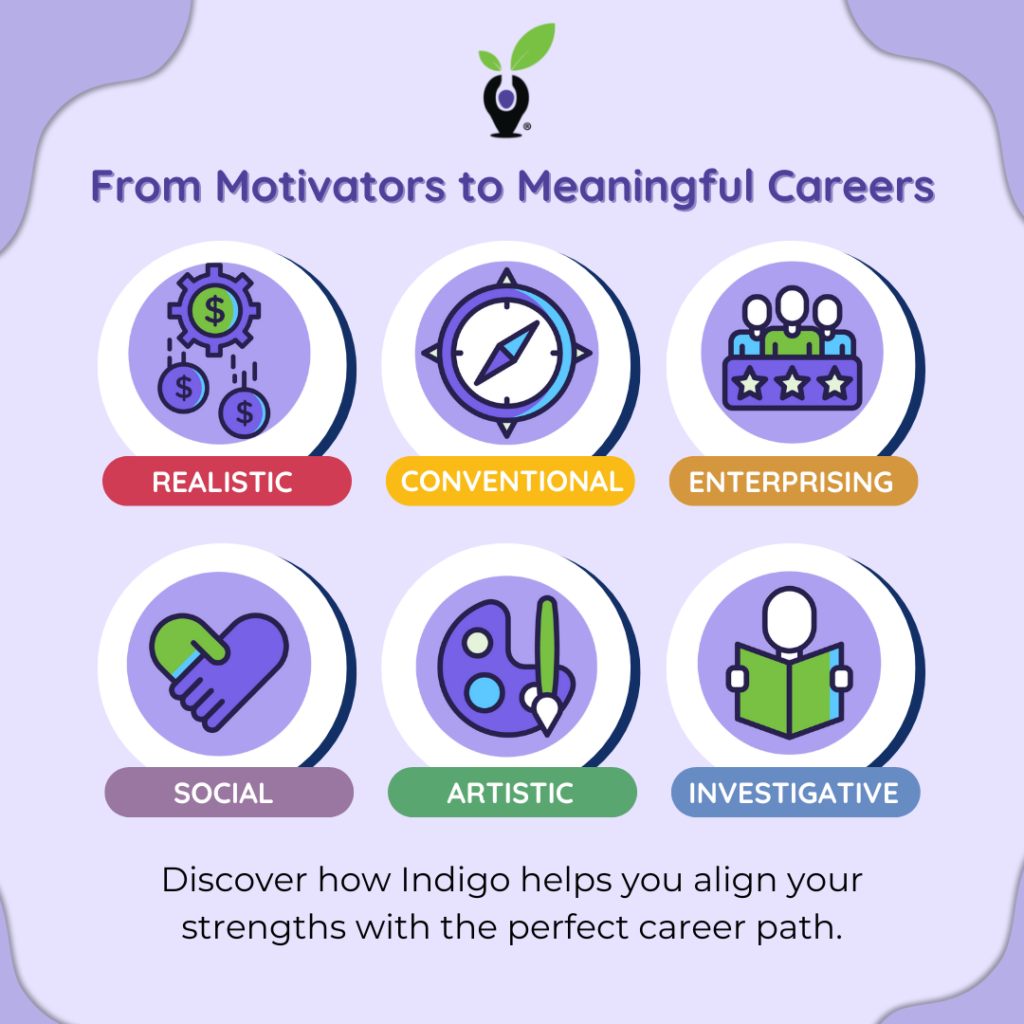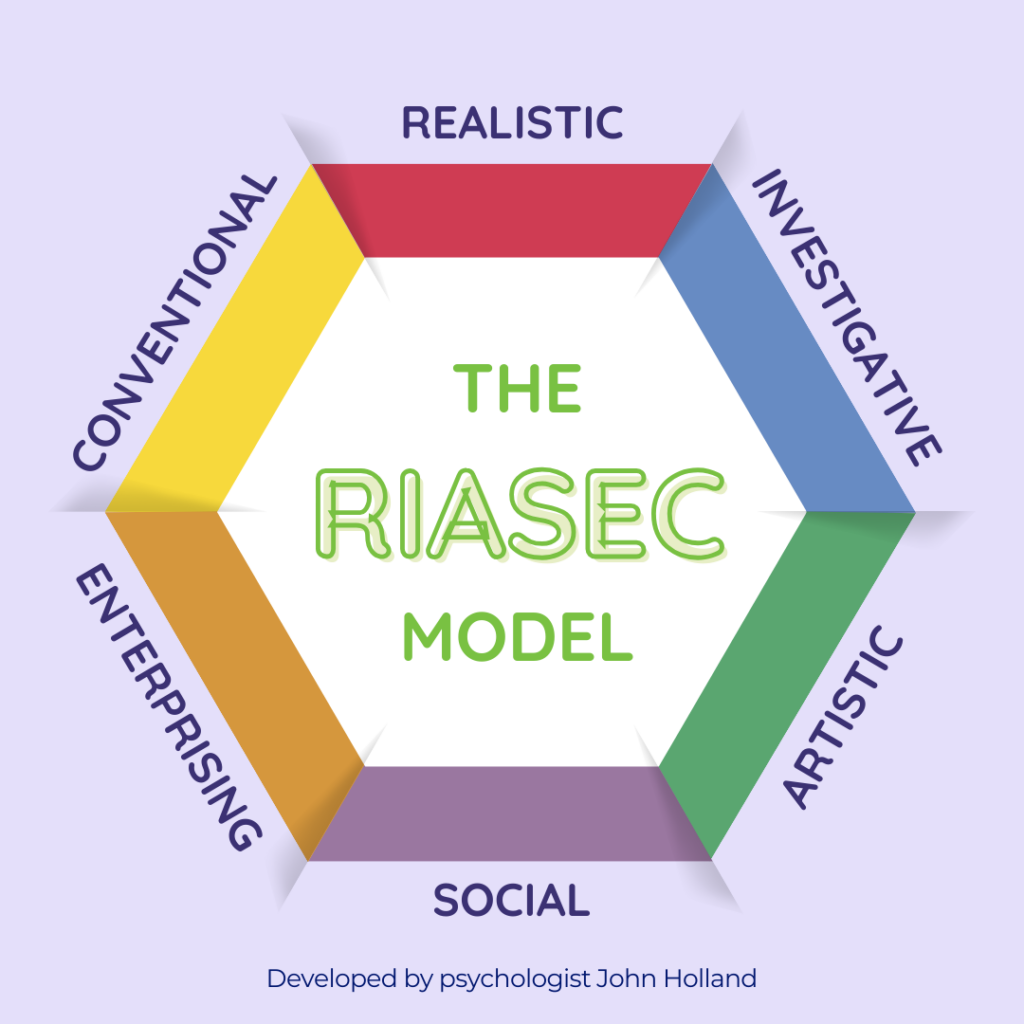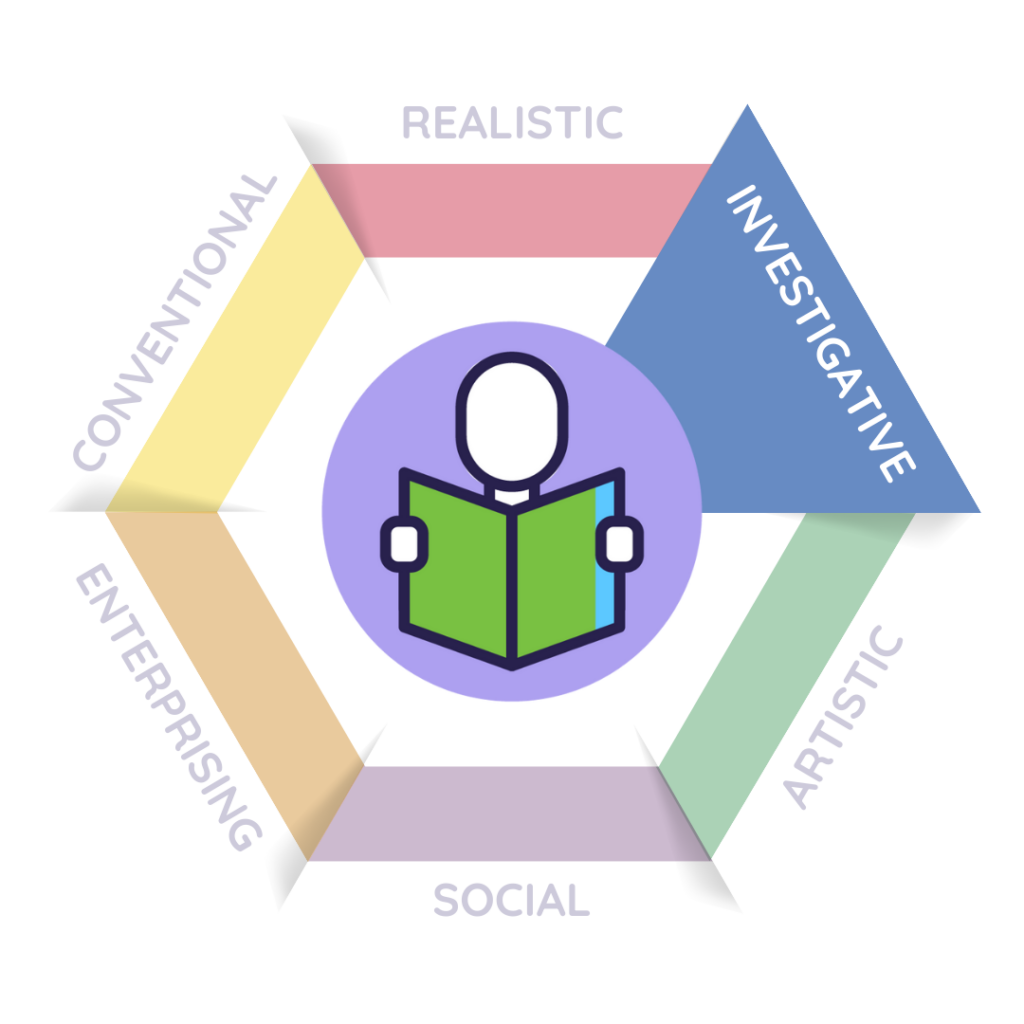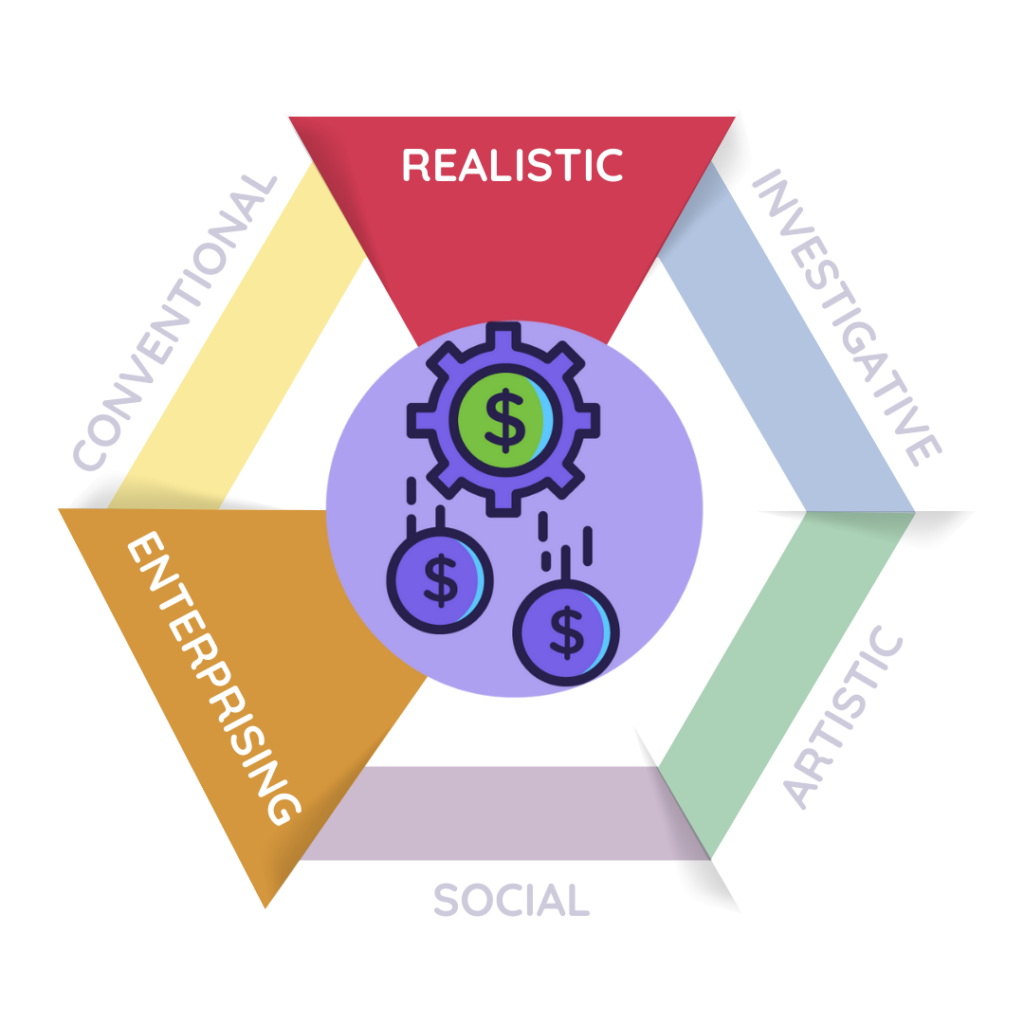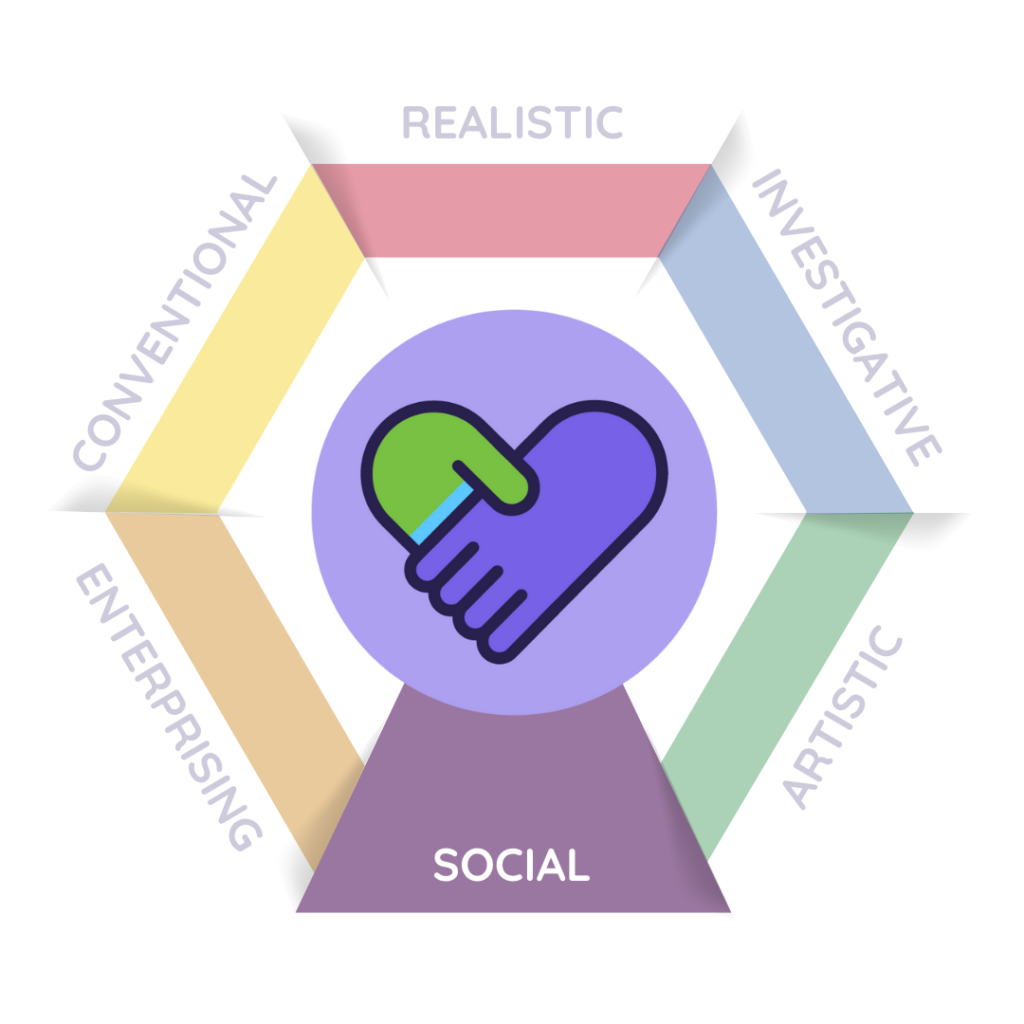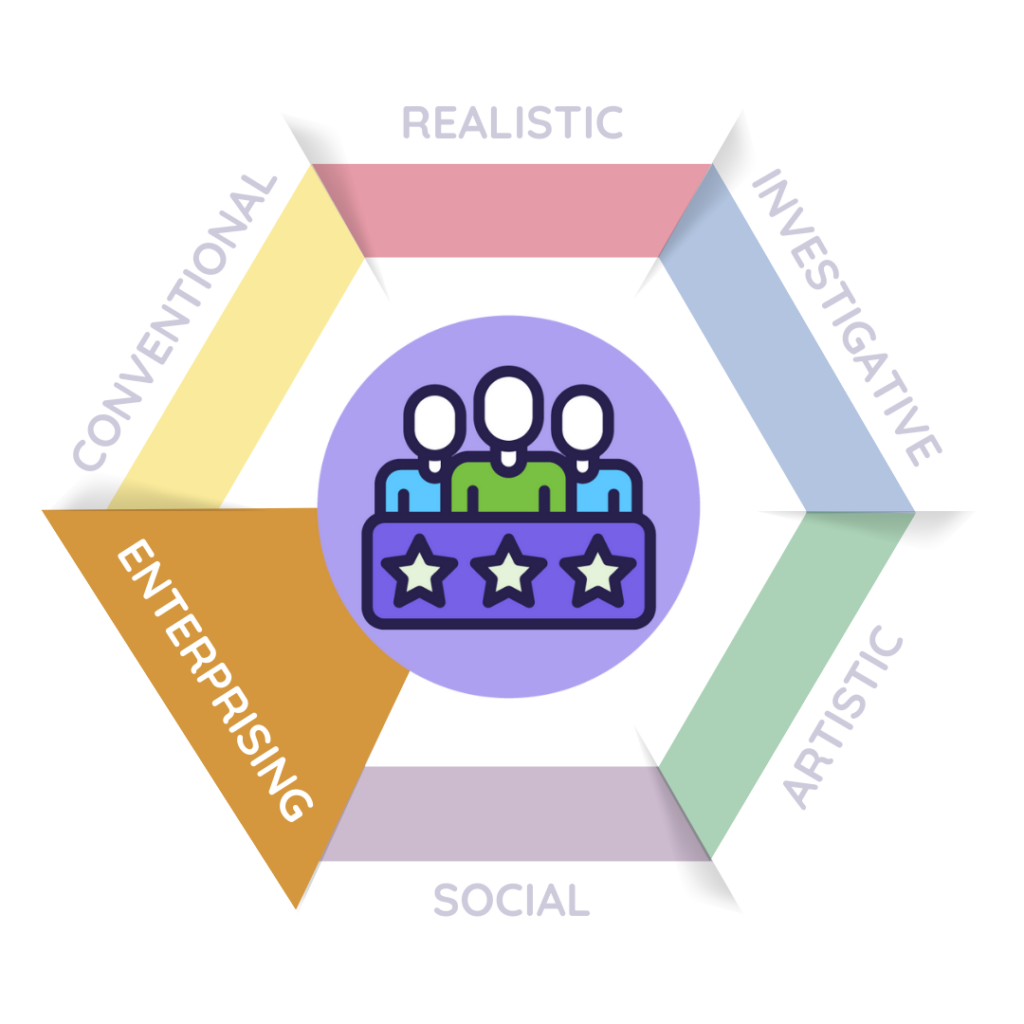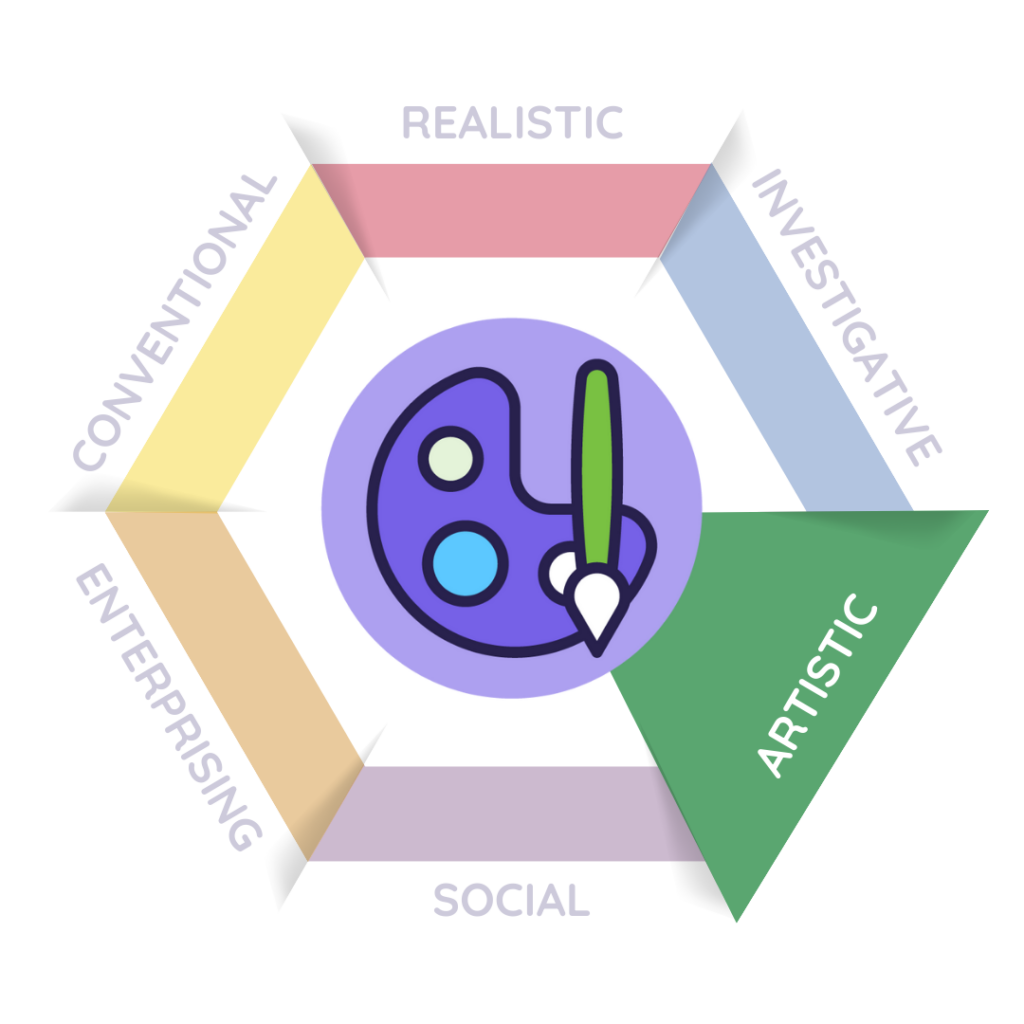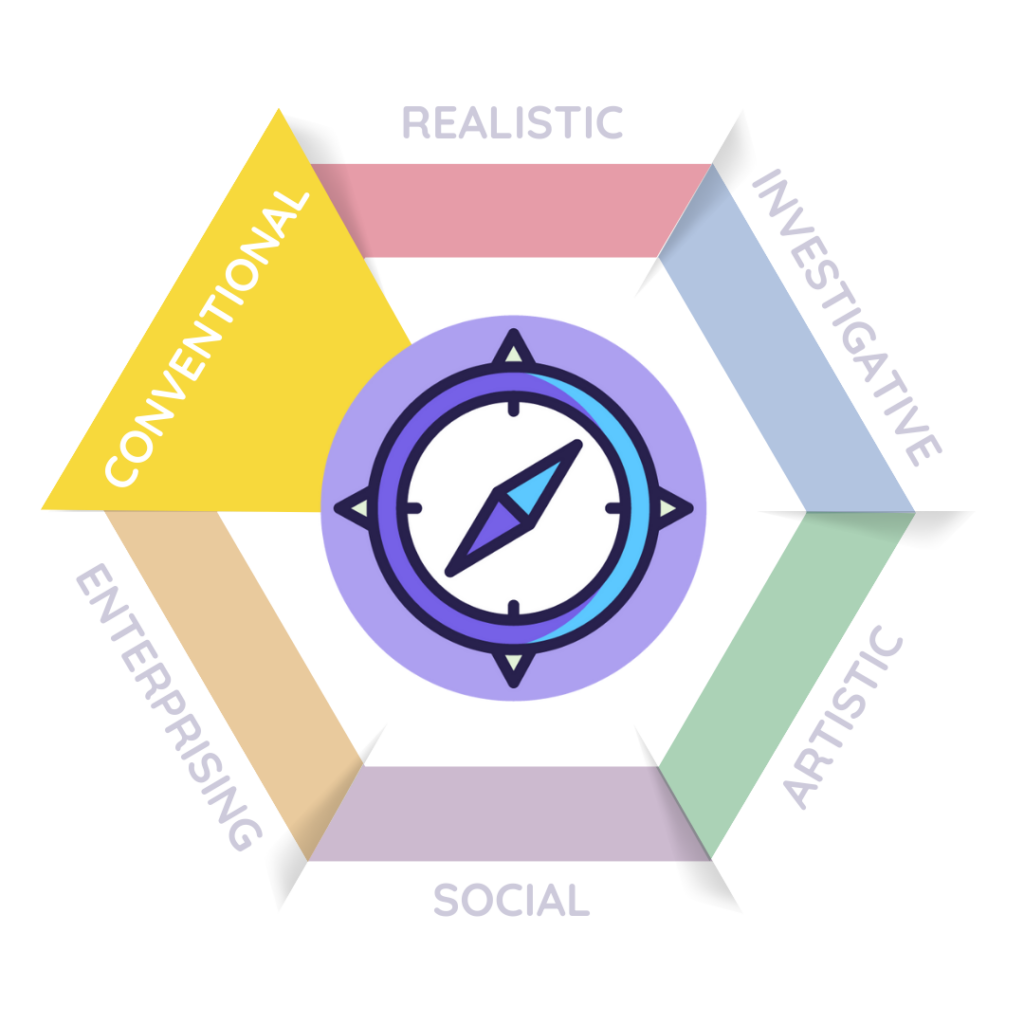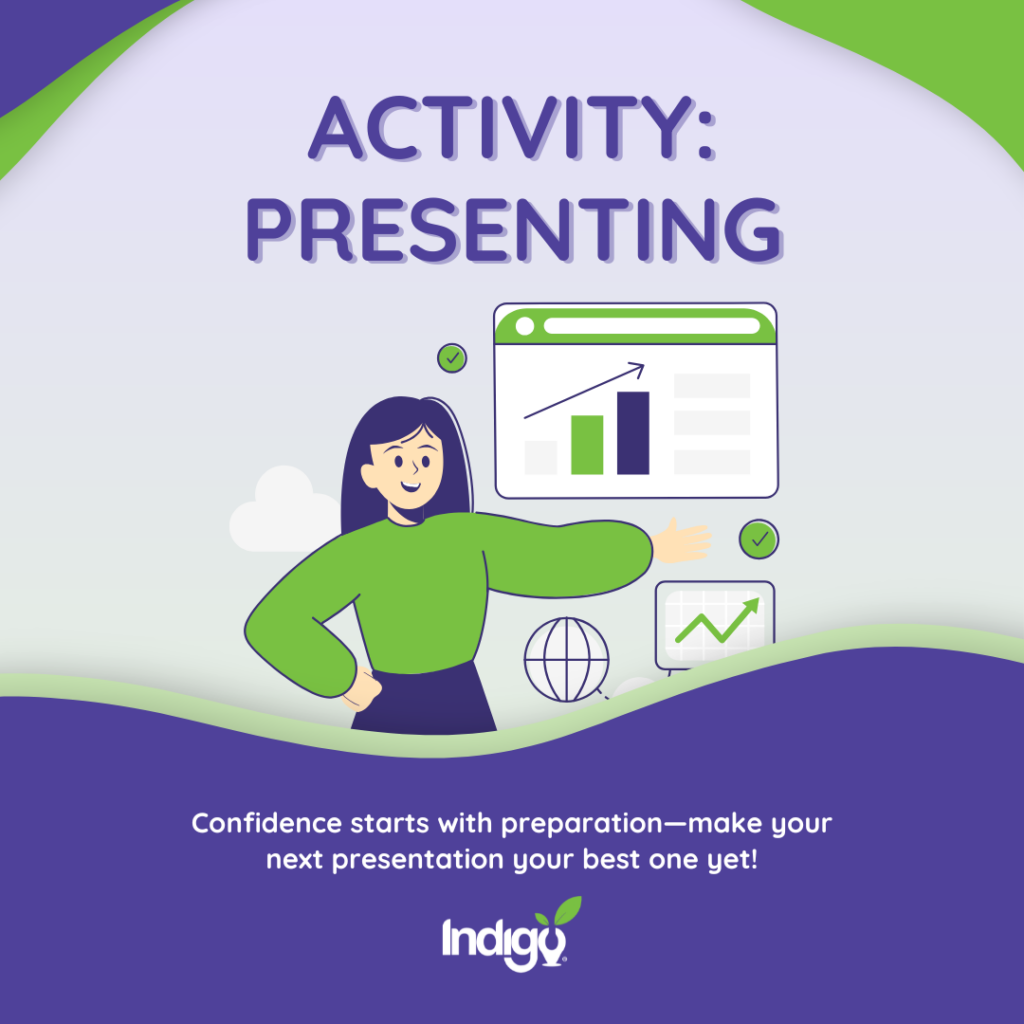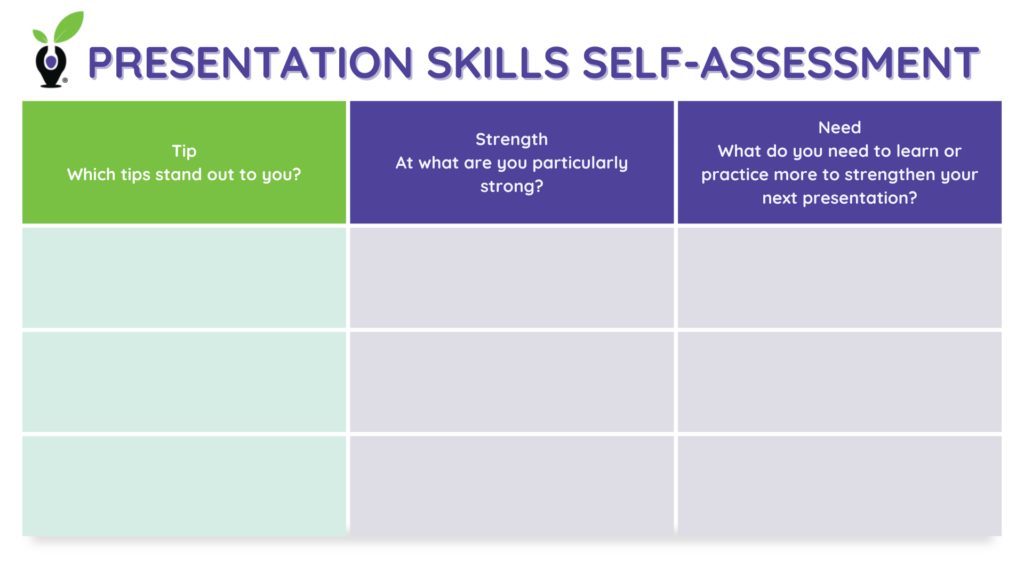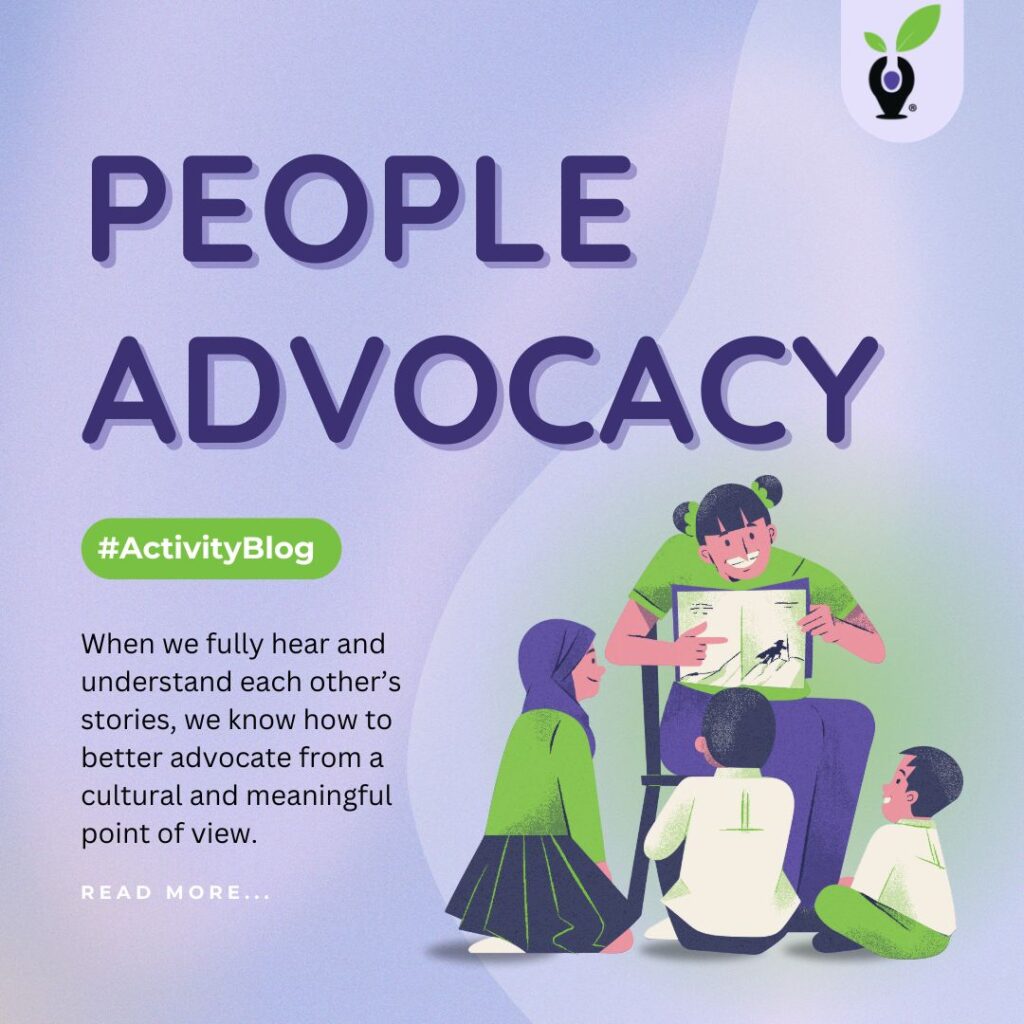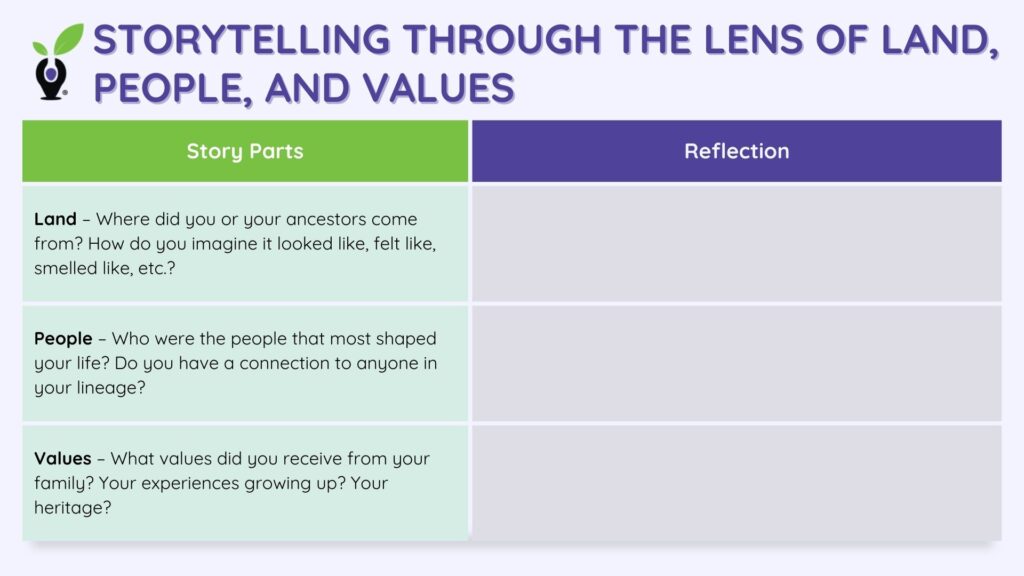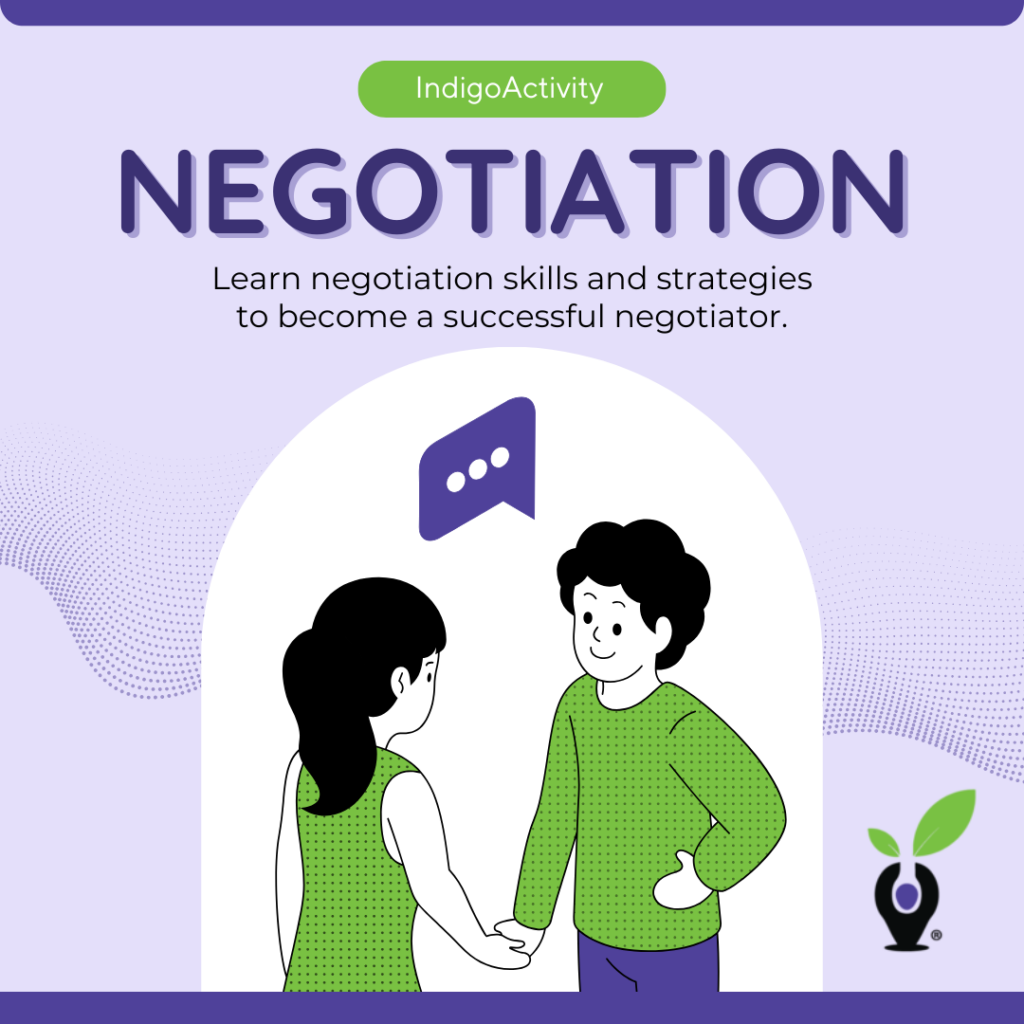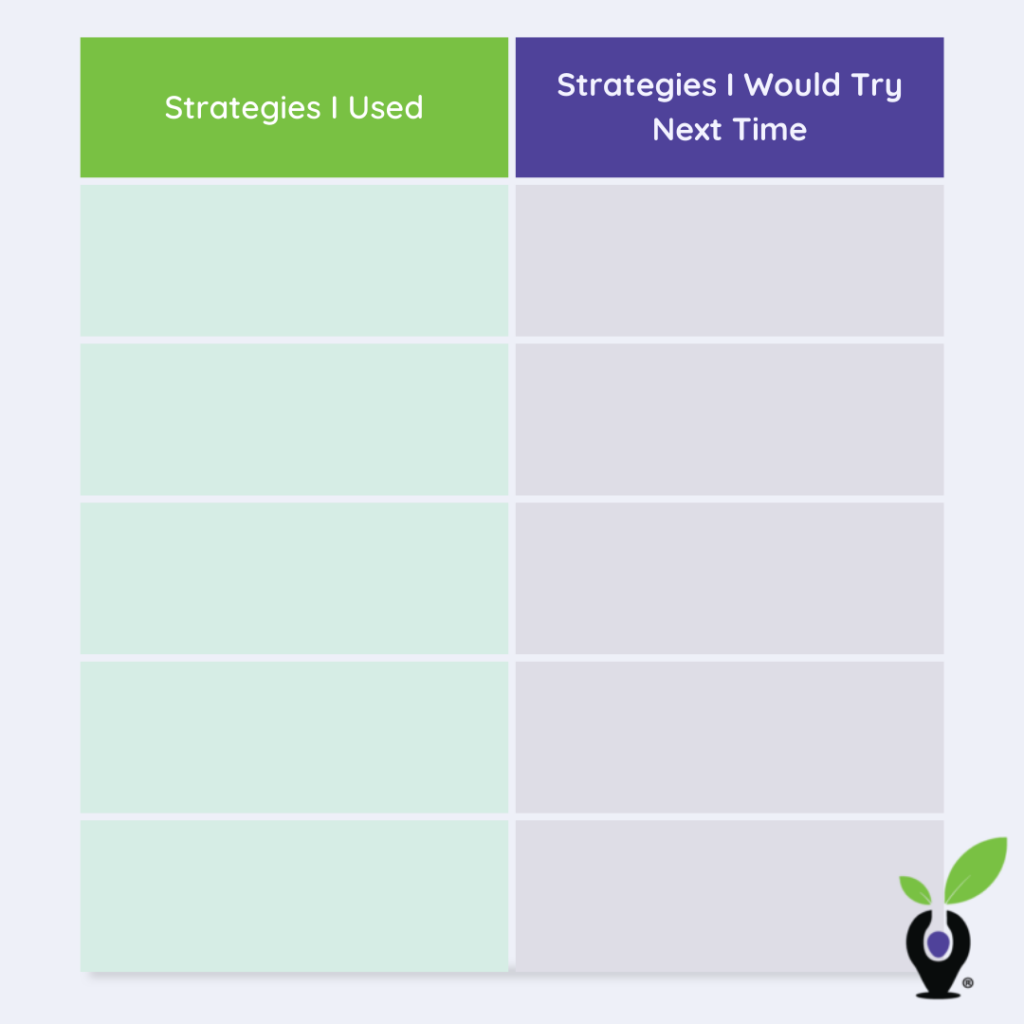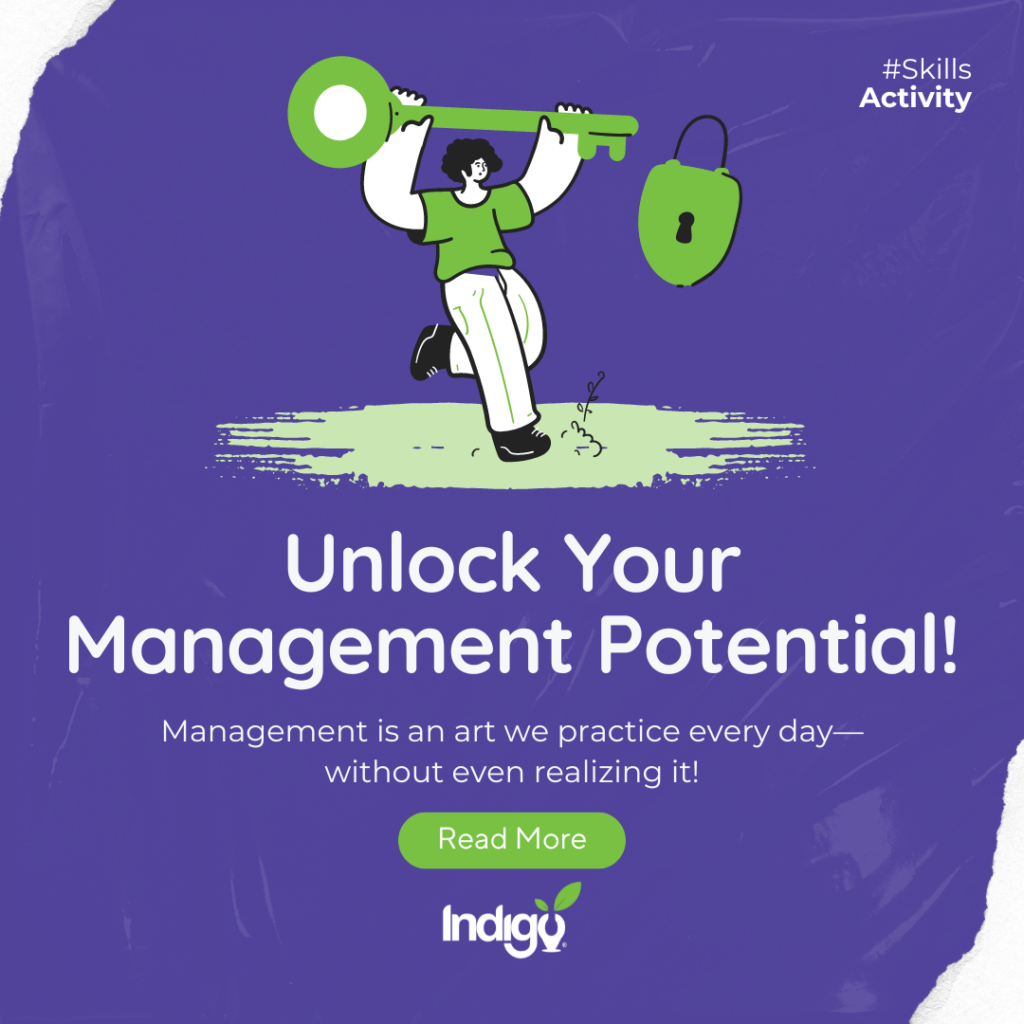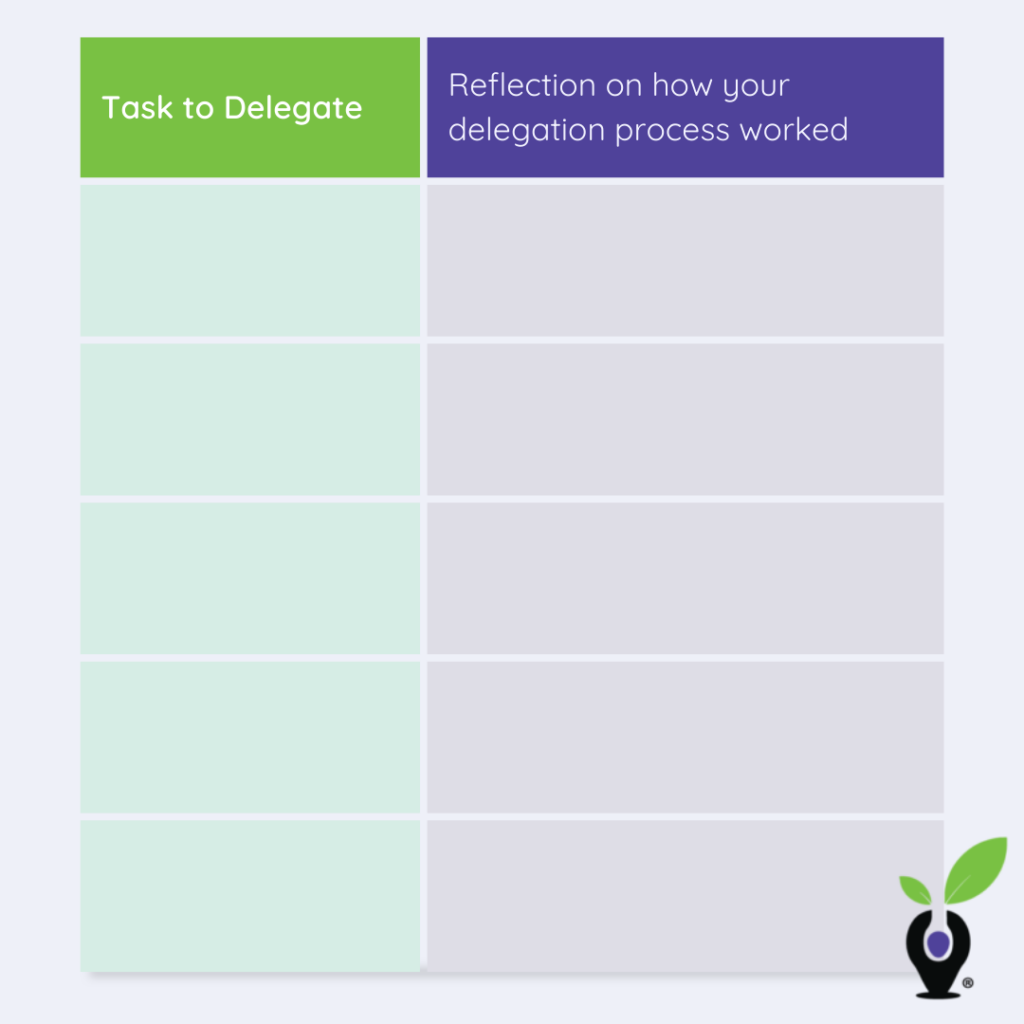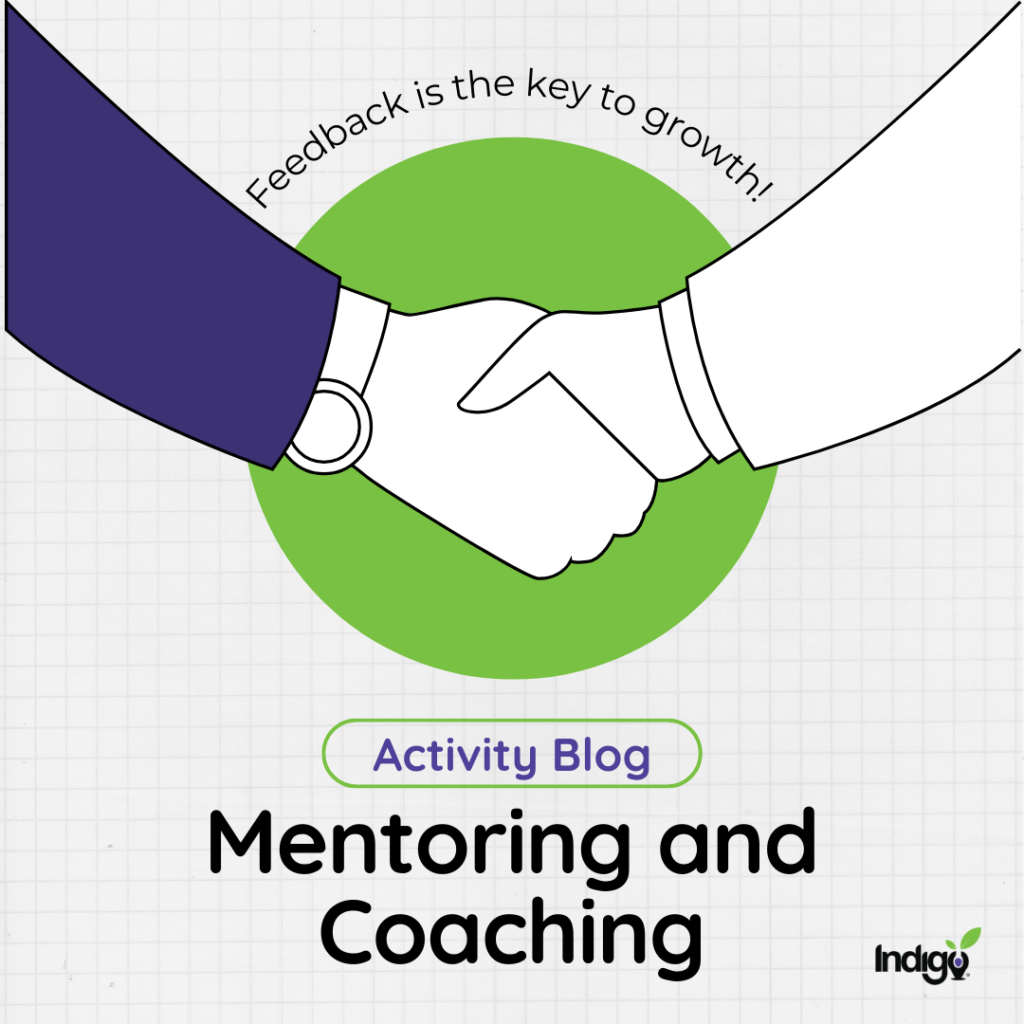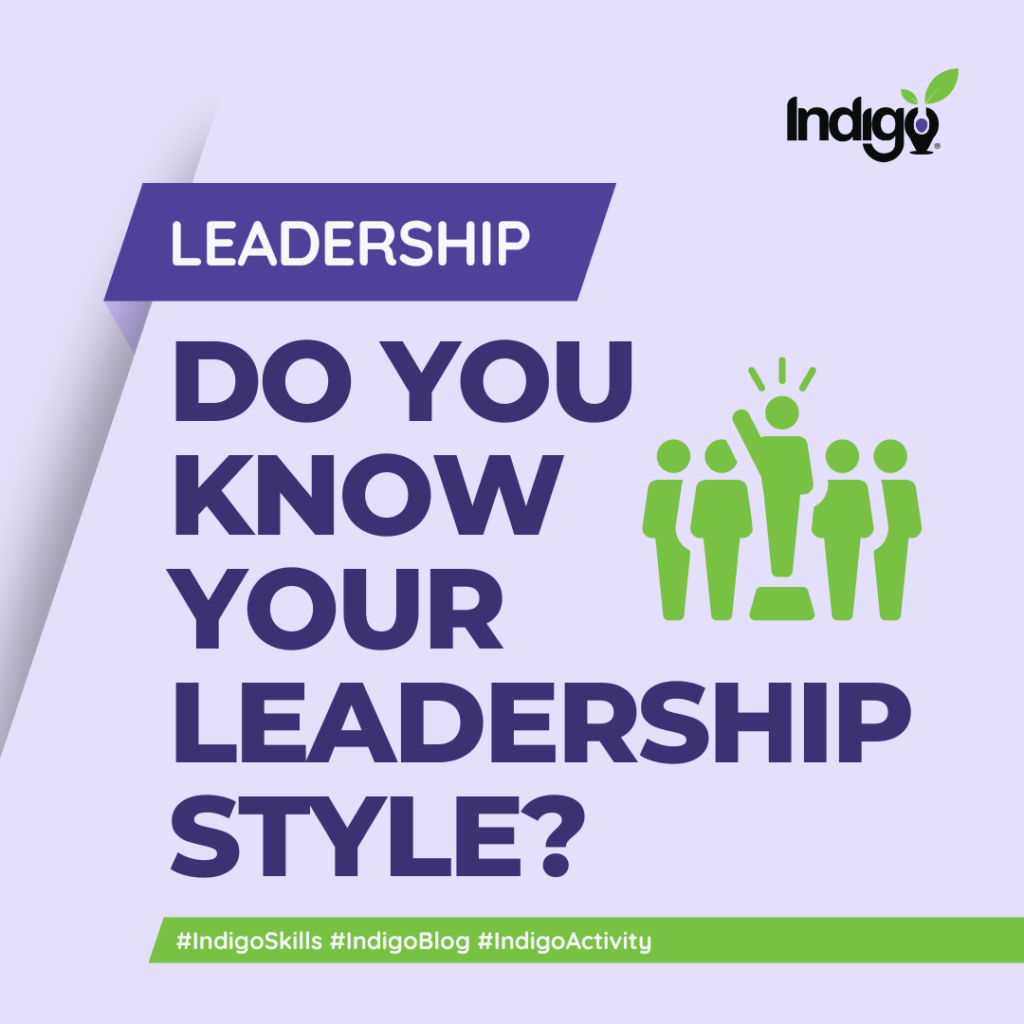Activity: Planning/Organizing
Creating a planning system is more than just organizing tasks—it’s about developing a framework that motivates, guides, and empowers you to manage time and priorities effectively. In today’s busy world, persuasion isn’t just for others; sometimes, it’s about persuading yourself to stay organized and committed.
This activity will help you design a customized system that aligns with your goals, using tools that fit your style. Dive in to create a personalized plan that turns ideas into action and transforms your approach to productivity!
The Goal
Create your own unique organization system that is uniquely tailored to you, which will organize your time, priorities, and workload into the perfect planning system
Step 1:
Create a planning system that works for you. For example, you can use existing phone apps, Post-It notes color coded for priority, or a diary-style planner that includes every single task that you must complete. You could also create a simple day-by-day to do list organized by priority from top to bottom. Whatever it is, make it the way you want it.
Note: It may be helpful to find other students who share your top DISC scores so that you can bounce ideas off of each other as you are working individually. Collaborating with those who think similarly can help you develop even better solutions.
Step 2:
Show a teacher or mentor your organization system and get their feedback. Also, consider ways you can integrate your plan into everyday life.
Note: If you are having a hard time coming up with an idea for creating your planning system, try creating a system to organize and plan just your homework or tasks for that given week. By making it more tangible, you will have something to work off of.
Remember that there is no “right” or “wrong” way to do this – you want to find a system that works for you.
Step 3:
Once you’ve put your planning system into action for a week or two, take time to reflect on its effectiveness. Ask yourself:
- What worked well? Identify which aspects of your system helped you stay organized, motivated, and on track.
- What didn’t work? Consider any areas where you felt overwhelmed, distracted, or unmotivated.
- What can be improved? Look for ways to tweak or enhance your system to better suit your style and needs.
Adjusting and refining your planning system is essential as your goals, tasks, and priorities change. A flexible system is a successful one, so don’t be afraid to make changes that keep you aligned with your evolving aspirations and daily life.
Activity: Planning/Organizing Read More »

